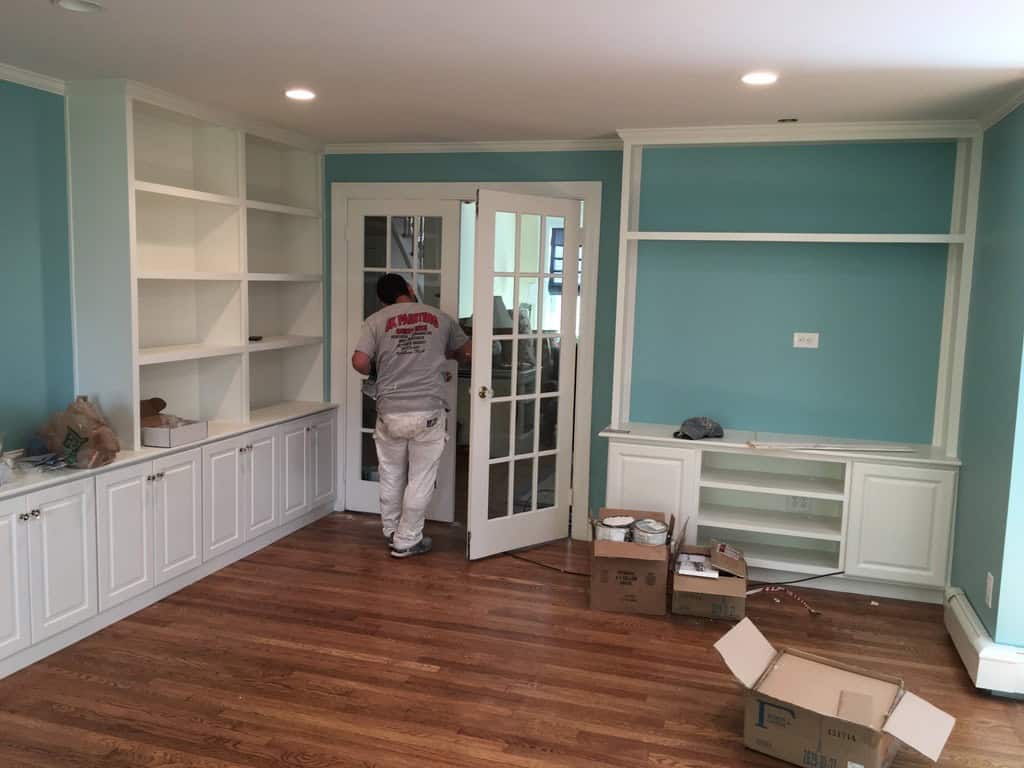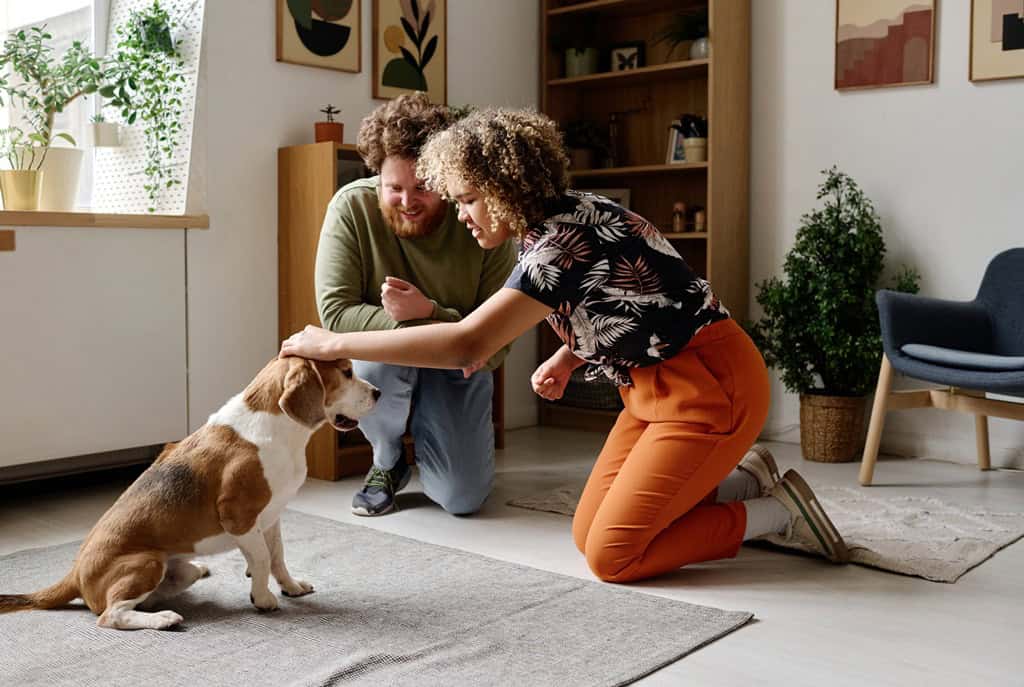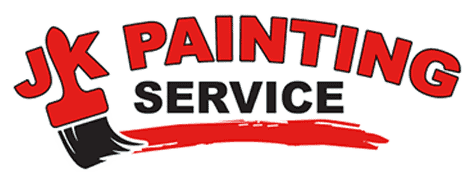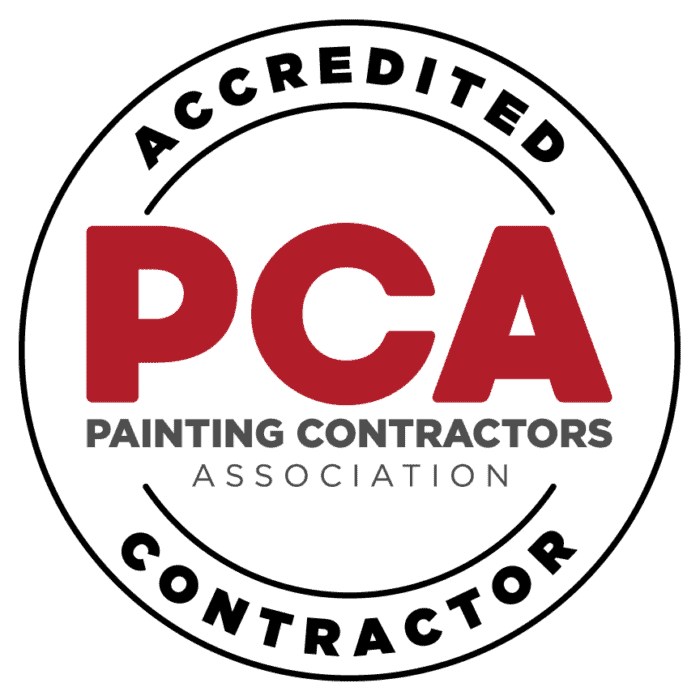When you hire interior house painters to freshen up your living space, the last thing you want is total chaos in your home. The good news? You don’t have to move out. With the right prep, mindset, and strategy, it’s entirely possible to live comfortably at home while the work is being done. Yes, even with kids, pets, or a remote job. This guide will walk you through exactly how to live at home during interior painting—without losing your mind
Key Takeaways:
- Clear communication with your painters is essential.
- Protect your health from fumes and dust.
- Designate “safe zones” to live in during the project.
- Organize the painting schedule room by room.
- Prepare kids and pets for the temporary disruption.

Why Stay at Home During Interior Painting?
Let’s be real—temporarily moving out is expensive and inconvenient. But beyond that, staying home can also allow you to:
- Monitor progress firsthand
- Communicate in real-time with your painters
- Protect your belongings with your own hands
- Save money on hotel or Airbnb stays
Still, without a plan, things can quickly spiral into mess and stress. Let’s break it down.
Step 1: Hire the Right Interior House Painters
Your experience starts with who you hire. Look for professionals who:
- Are licensed and insured
- Provide clear timelines
- Offer room-by-room scheduling
- Use low-VOC or zero-VOC paints (especially if anyone in your home has asthma or allergies)
- Have good reviews from families and pet owners
A trustworthy team of interior house painters will understand that you plan to stay put and work with you to make it smooth.
Step 2: Communicate Clearly Before the Project Starts
Before the first drop cloth goes down, have a conversation with your painting team about:
- Start and end times each day
- What rooms will be painted and when
- How long each room will be off-limits
- Where they’ll store supplies
- Break areas (and what’s off-limits)
Clear expectations = fewer surprises.
Step 3: Create Safe, Paint-Free Zones
Designate certain rooms as “safe zones” where no painting will occur. These rooms will be your living quarters during the project. Ideally, choose spaces with a bathroom and enough room for basic living activities like eating, working, and sleeping.
Make sure these zones:
- Are far from the active painting areas
- Have sealed doors or plastic barriers
- Have good airflow and minimal paint odor
A portable air purifier with a HEPA filter can also help clear fumes and dust in your safe space.
Step 4: Organize the Painting Schedule Room by Room
Ask your painters to tackle one or two rooms at a time, rather than painting the entire house at once. This phased approach makes it easier to shuffle your belongings and maintain some sense of normalcy.
Here’s a simple example:
- Week 1: Bedrooms
- Week 2: Kitchen and hallway
- Week 3: Living room and entryway
Planning this way allows you to use parts of the house even while others are getting a facelift.
Step 5: Prepare the Space Ahead of Time
Before painters arrive:
- Remove wall hangings and fragile decor
- Pack up closet items in painted rooms
- Push furniture to the center and cover it with plastic
- Remove rugs, electronics, and anything that could be damaged
- Label boxes so you can find essentials later
Also, make sure to secure pets and small children during setup. This isn’t just about safety—it keeps everyone calmer.
Step 6: Protect Your Health and Comfort
Even with low-VOC paints, there’s still odor, dust, and airflow to consider. Here’s how to stay safe:
- Use fans to ventilate rooms
- Keep windows open when weather permits
- Invest in a couple of air purifiers
- Avoid sleeping in freshly painted rooms for at least 48 hours
- Take breaks outdoors whenever possible
If you or a family member has asthma, sinus issues, or sensitivity to smells, you may want to spend a night or two elsewhere when large areas are being painted.
Step 7: Maintain a Flexible Routine
Living at home during interior painting means shifting your normal schedule. You might:
- Eat takeout more often
- Work from a coffee shop or library for a few days
- Set up temporary sleeping arrangements
Being flexible makes the experience easier on everyone. Think of it like camping—indoors!

Step 8: Prepare Kids and Pets
Children and animals can be particularly sensitive to changes in environment. Here’s how to ease the transition:
For kids:
- Let them help pack toys and choose what goes in the safe zone
- Explain what’s happening in simple, positive terms
- Stick to regular bedtimes, even if the bed moves
For pets:
- Create a quiet, paint-free zone with food, water, and their favorite bed
- Keep cats indoors and dogs on a leash when painters are coming and going
- Play calming music or use pet pheromone sprays if needed
Step 9: Inspect and Clean Before Moving Back into Rooms
Once a room is finished:
- Check for touch-ups or missed spots
- Make sure the paint is fully dry before putting furniture back
- Wipe down any surfaces or dust that may have settled
It’s a great time to declutter before you reassemble each space!
Step 10: Celebrate the Transformation
Yes, there were some messes. Yes, routines were thrown off. But once the project is complete, you’ll have a fresh, clean interior and the satisfaction of knowing you made it work without chaos.
And hey—you did it all without having to pack up and move out. That’s a win!
Need Help with a Stress-Free Interior Painting Project?
If you’re ready to freshen up your space but want to avoid the stress, JK Painting Service Corp is here to help. Our experienced interior house painters work around your lifestyle, not the other way around. We use low-odor paints, clean workspaces daily, and work with you to create a schedule that minimizes disruption.
Contact JK Painting Service Corp today at 781-650-7296 and let’s bring color back to your home!





